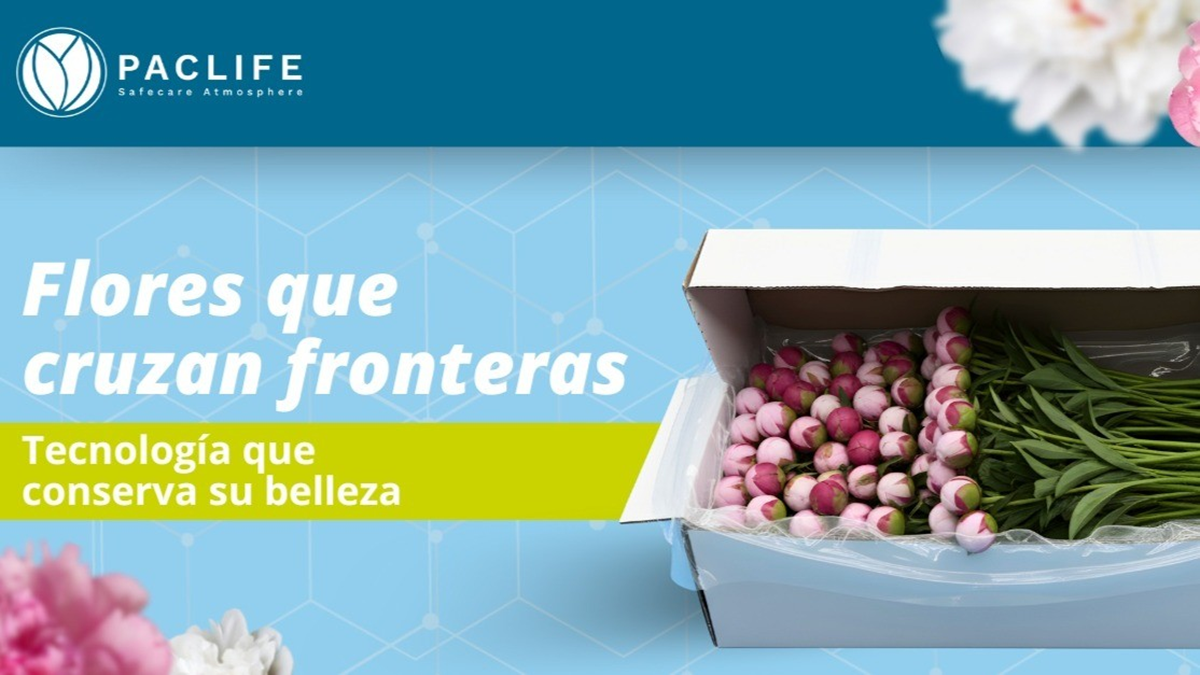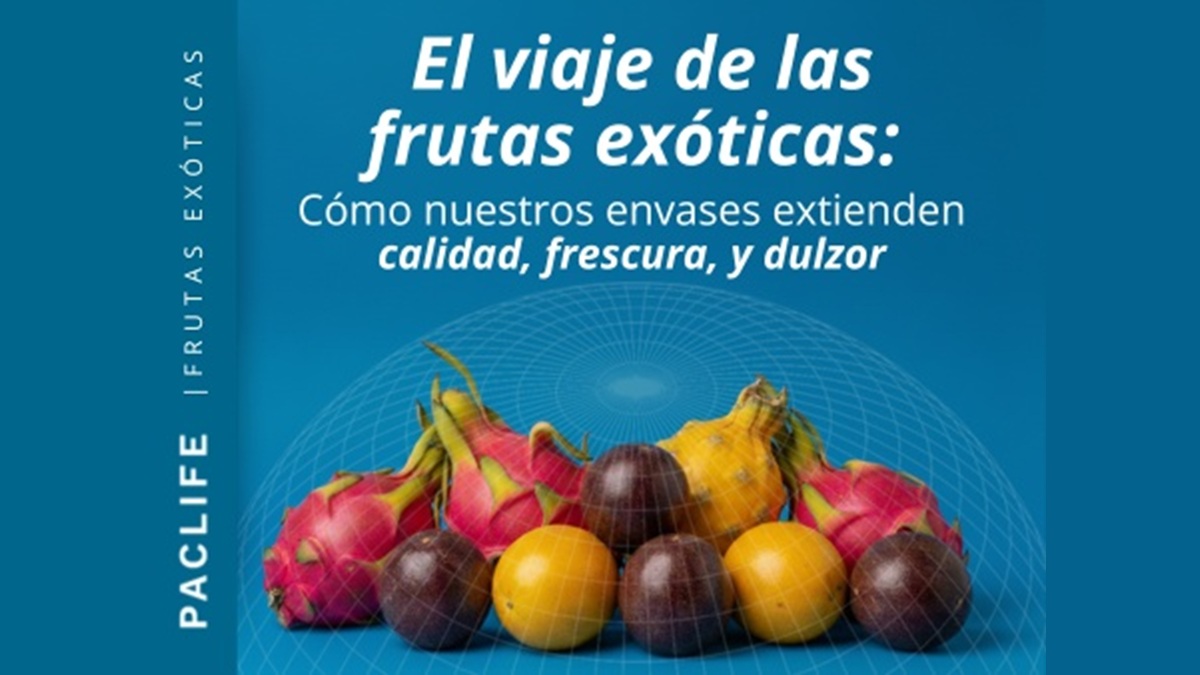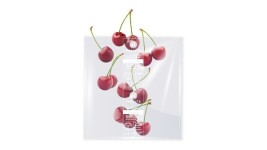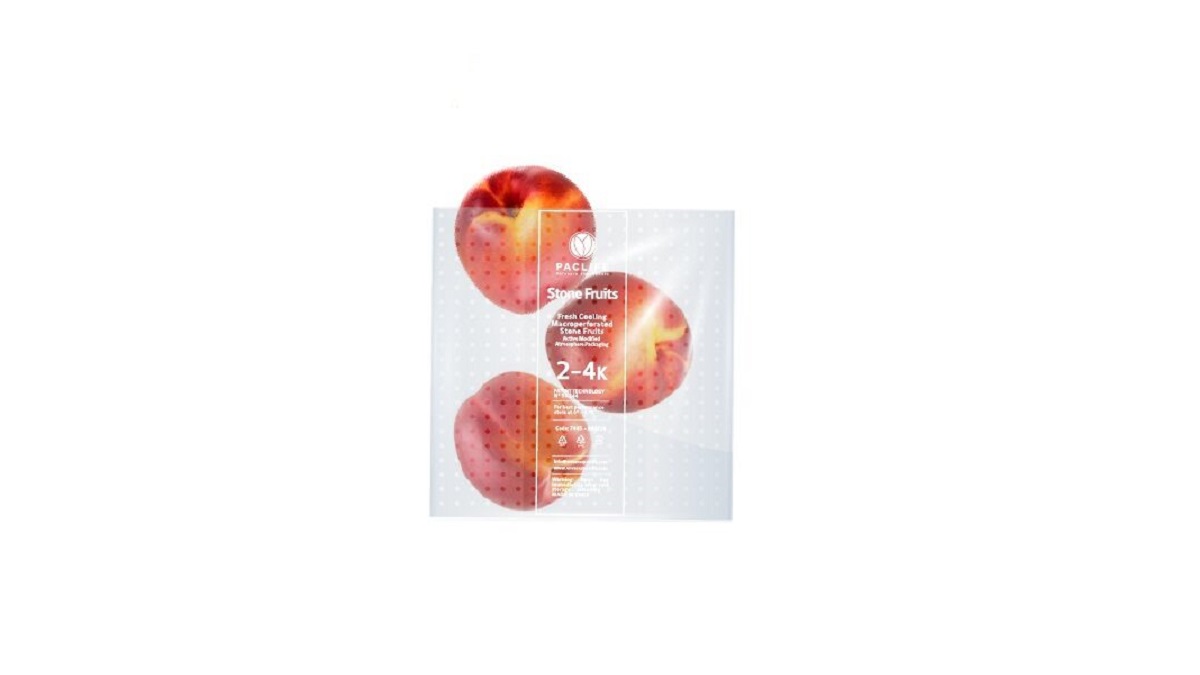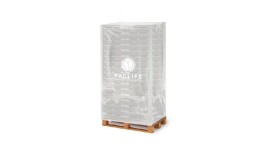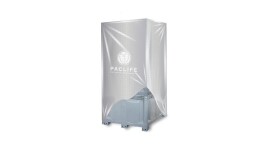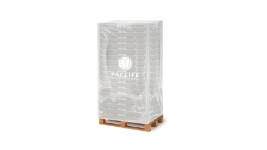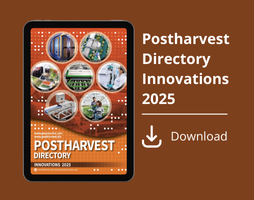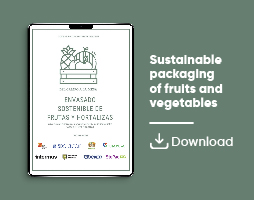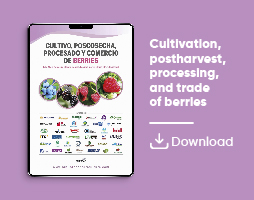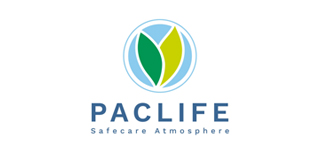

Paclife
Packaging
Smart packaging as a key to postharvest quality in blueberries
Smart packaging improves the quality of Chilean blueberries in highly competitive markets.
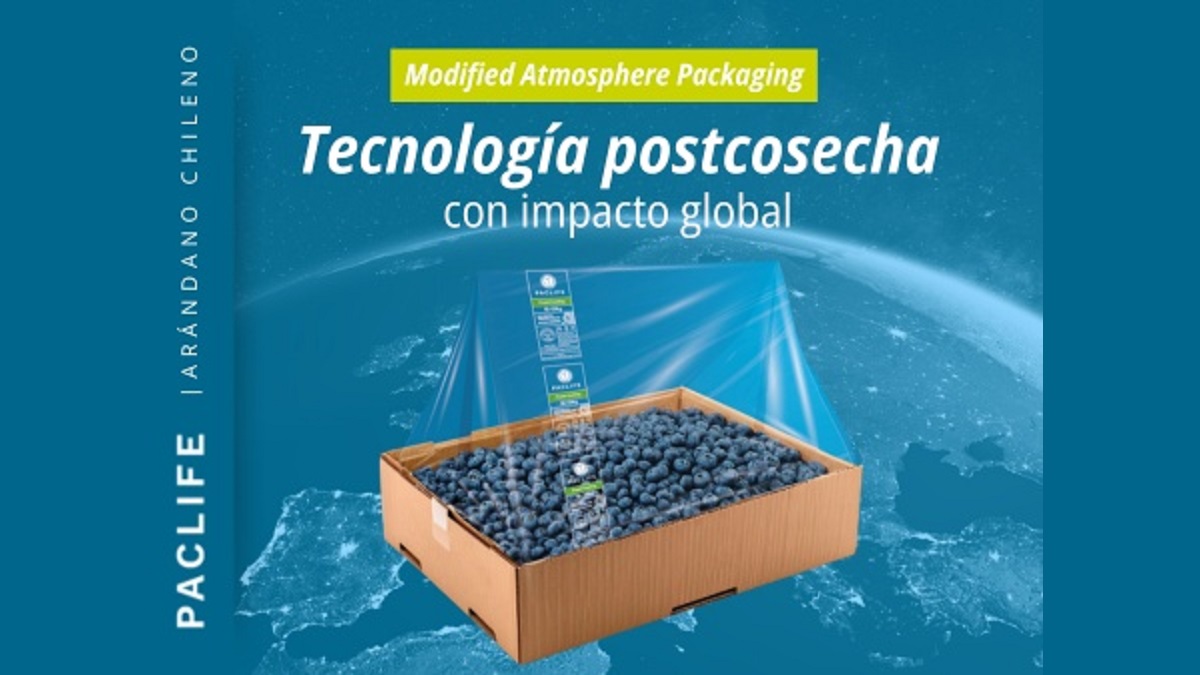
In the 2024/25 season, Chile exported over 86,000 tons of blueberries, a 7% increase over the previous season, thanks to the adoption of new varieties with longer postharvest life and advances in packaging technologies such as those developed by Paclife, a specialist in intelligent solutions for fresh fruit preservation.
One of the main challenges for Chilean blueberries is the progressive softening after 25 days of transit, especially when harvested under low relative humidity and high temperatures without pre-cooling or fruit-adapted technologies. In this context, Paclife offers a packaging approach that controls humidity and internal atmosphere throughout the cold chain.
Smart packaging to control the atmosphere and preserve quality
To mitigate the negative effects of long-distance shipments, Paclife has developed a line of smart packaging that manages humidity from field to final destination. Its flagship product features films with nanotechnology and selective permeability that help maintain a modified atmosphere tailored to each variety. This reduces fruit metabolism and extends shelf life.
Unlike conventional systems based solely on microperforations, Paclife’s smart MAP packaging actively regulates gas exchange through permeable membranes that respond to changes in temperature and fruit respiration. Studies published in Postharvest Biology and Technology support the use of modified atmosphere and controlled-permeability films to preserve bloom, firmness and color during storage and transport, reducing water loss and decay even under demanding conditions.
New varieties and the challenge of packaging adaptation
Varietal replacement has also played a key role. While traditional varieties such as Top Shelf, Cargo, Ventura and Peachy Blue remain in the market, new genetics like Sekoya (Crunch, Grande, Fiesta) and Eureka Sunrise, Sunrise Gold are gaining ground and already represent a growing share of Chilean plantations. These varieties differ in postharvest physiology—respiration rate, firmness, size, moisture absorption—requiring packaging parameters to be specifically adapted.
Paclife has characterized most exportable varieties from both Chile and Peru, generating technical data on postharvest behavior. This knowledge has enabled the design of packaging structures with customized permeability levels. External studies by ProducePay (2024) and the MSU Postharvest Research Center (2023) have also shown that calibrated microperforations, based on predictive respiration and permeability models, help optimize internal atmosphere by variety and destination.
Technical precision to compete in demanding markets
Global competition is forcing exporters to fine-tune every link in the chain.
Andrés Armstrong, Executive Director of the Chilean Blueberry Committee, states:
“Arrival quality and condition are critical factors. Our clients now have more and better options and can easily compare us.”
Marcela Silva, Technical Manager at Paclife, adds:
“Each season is an opportunity to prove that quality and innovation can sustain the value of Chilean fruit, even under competitive pressure. Our packaging solutions not only meet the demands of long journeys but raise the bar for what premium markets expect.”
As logistical challenges increase, packaging is no longer just a container but a strategic tool. Technologies like Paclife’s enable exporters to approach the low season not as a threat, but as a chance to position a consistent, high-quality and competitive product.
Source: Paclife



